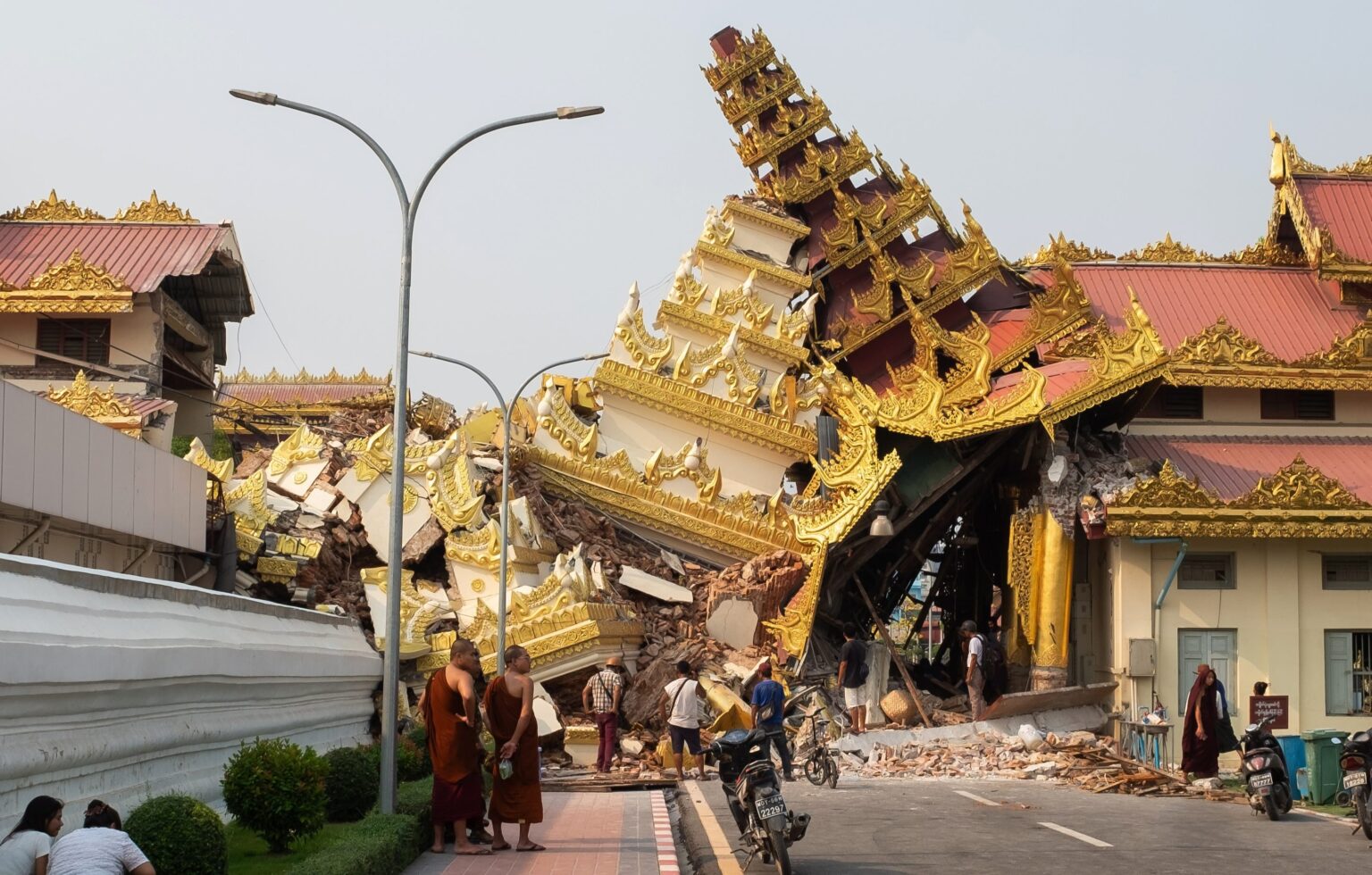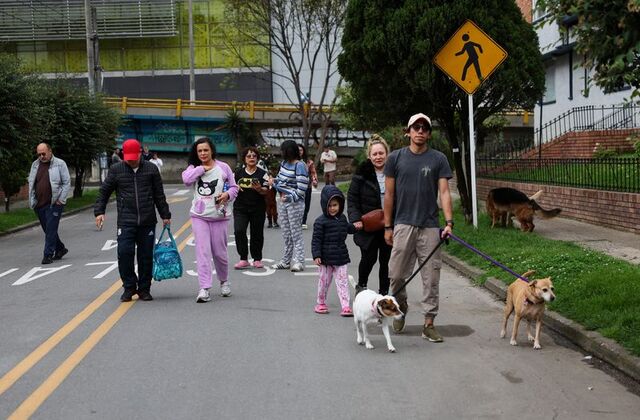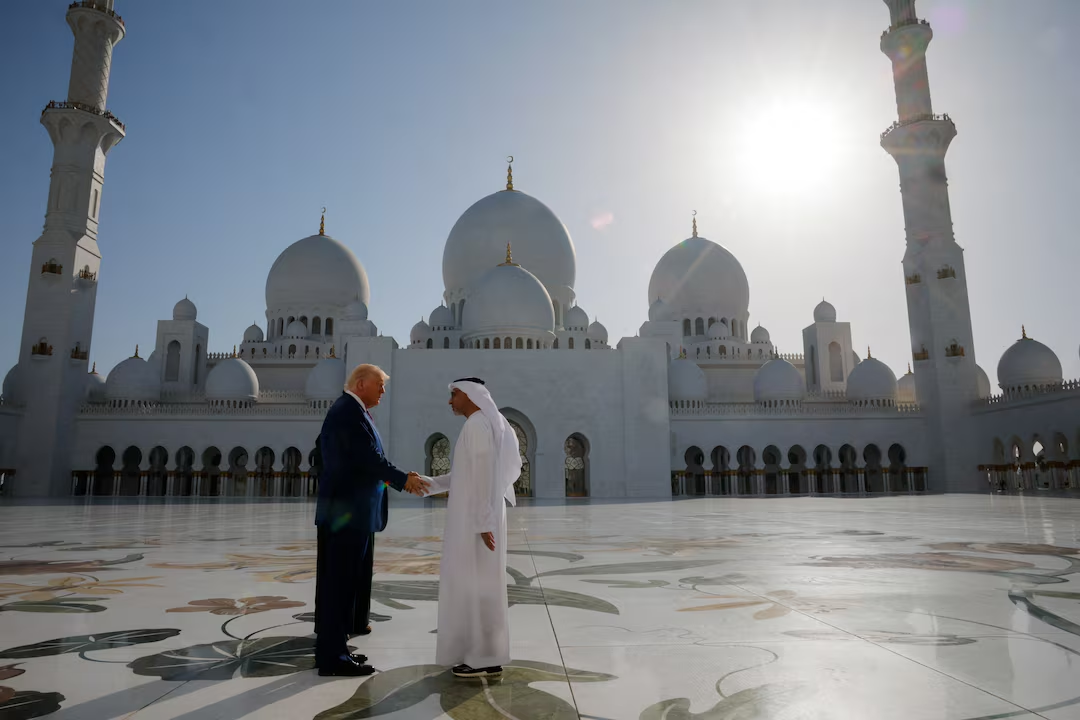Myanmar’s main opposition body, the National Unity Government (NUG), has proposed a nationwide ceasefire to allow rescue and relief operations following a powerful earthquake that struck the country’s northwestern region last week. The proposal, announced on June 2, aims to halt hostilities between junta forces and resistance groups to enable humanitarian access to disaster-hit areas, many of which are active conflict zones.
The 6.8-magnitude earthquake, which struck on May 30, caused widespread destruction in Chin State and parts of Sagaing Region. Dozens of people are feared dead, and hundreds more are injured or displaced. Roads and communication lines have been severed, hampering efforts to assess the full scale of the damage.
Speaking in an emergency address, NUG spokesperson Kyaw Zaw called on the military junta to agree to an immediate and temporary ceasefire. “This is a humanitarian catastrophe, and saving lives must come before politics or war,” he said. The NUG’s proposal includes a halt to military offensives and an agreement to allow unhindered access for aid workers, medics, and rescue teams across affected regions.
Local resistance groups aligned with the NUG, including ethnic armed organizations and People’s Defence Forces (PDFs), have reportedly endorsed the call. However, there has been no formal response from the ruling junta, which continues to engage in heavy clashes with opposition forces in many parts of the country.
Residents in the worst-hit areas, including the townships of Hakha, Falam, and Kalay, say they are running out of food, clean water, and medical supplies. Homes, schools, and religious buildings have collapsed or been severely damaged, with some communities still awaiting rescue.
A volunteer medic in Chin State told Myanmar Now, “We are pulling people out of the rubble with our bare hands. There’s no electricity, no proper equipment, and the army is still shelling nearby hills.”
International aid agencies have expressed support for the proposed ceasefire. The United Nations Office for the Coordination of Humanitarian Affairs (OCHA) urged all parties to prioritize civilian safety and facilitate immediate access to affected regions. “We echo the call for a pause in fighting to allow lifesaving assistance to reach those in urgent need,” said a spokesperson.
Since the military coup in February 2021, Myanmar has been engulfed in civil war. Large areas of the country are controlled by resistance groups, and millions of civilians have been displaced by fighting. The overlapping crises of conflict and natural disaster have made emergency response especially difficult.
The junta, which refers to itself as the State Administration Council (SAC), has yet to publicly address the ceasefire proposal. In the past, it has rejected similar appeals, including during the COVID-19 pandemic and previous natural disasters. Human rights organizations say the military has repeatedly obstructed humanitarian operations, using aid as a tool of control.
Analysts say a ceasefire, even temporary, would be unprecedented under the current regime. “The NUG’s proposal is a test of the junta’s willingness to put humanitarian needs before its military agenda,” said Min Zaw Oo, a conflict analyst at the Myanmar Institute for Peace and Security.
Meanwhile, the NUG has launched an emergency relief fund and is working with civil society networks to deliver aid to affected communities. Social media platforms have been flooded with images of devastated villages and calls for international support.
As the death toll climbs and aftershocks continue to shake the region, pressure is mounting on Myanmar’s warring factions to set aside their conflict and respond to the immediate human tragedy. Whether the junta will accept the ceasefire remains uncertain, but for those trapped beneath rubble or living in makeshift shelters, time is running out.
Source; Myanmar Now



